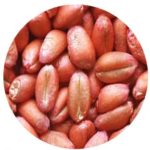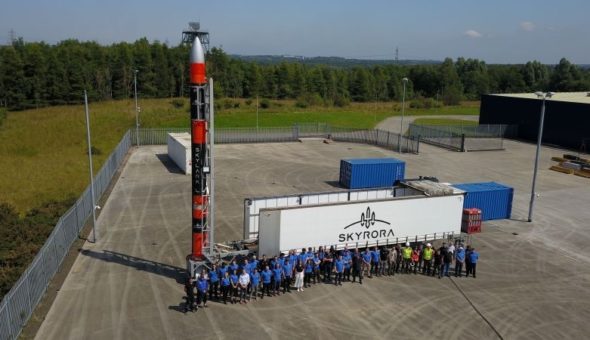This post was contributed by George Gregory.
 Keen to gain industrial experience, I spent three months at Syngenta in Jeolotts Hill, Bracknell. Seeds such as corn and soya are coated with active ingredients (AIs) namely pesticides and herbicides to ensure a good crop yield. To reduce “rub-off” of the coating and the generation of dust, which is hazardous to farmers, polymers play an important role in binding AIs to the seed surface.
Keen to gain industrial experience, I spent three months at Syngenta in Jeolotts Hill, Bracknell. Seeds such as corn and soya are coated with active ingredients (AIs) namely pesticides and herbicides to ensure a good crop yield. To reduce “rub-off” of the coating and the generation of dust, which is hazardous to farmers, polymers play an important role in binding AIs to the seed surface.
 Working within the formulation technologies team, I undertook a systematic investigation using a Design of Experiments (DoE) approach to investigate how typical polymer properties impact on the coating quality. Amongst many other techniques, a neat image analysis tool was used to quantify the seed coverage.
Working within the formulation technologies team, I undertook a systematic investigation using a Design of Experiments (DoE) approach to investigate how typical polymer properties impact on the coating quality. Amongst many other techniques, a neat image analysis tool was used to quantify the seed coverage.
In total, I was involved in four different projects gaining experience with a range of innovative technologies and coated over 75 kg of seeds bright red (as well as my lab coat) - a dye used in the coating formulation to indicate the AIs present. Working towards the common goal of food security, the theme underpinning everything I observed seemed to be a strong collaboration between people of different expertise (someone had PhD in nozzles!).
George is in her final year in the CSCT working towards her PhD on “Cyclic carbonates from sugars and CO2: synthesis, polymerisation and biomedical applications” with Dr Antoine Buchard, Professor Matthew Davidson and Dr Ram Sharma.
Respond


